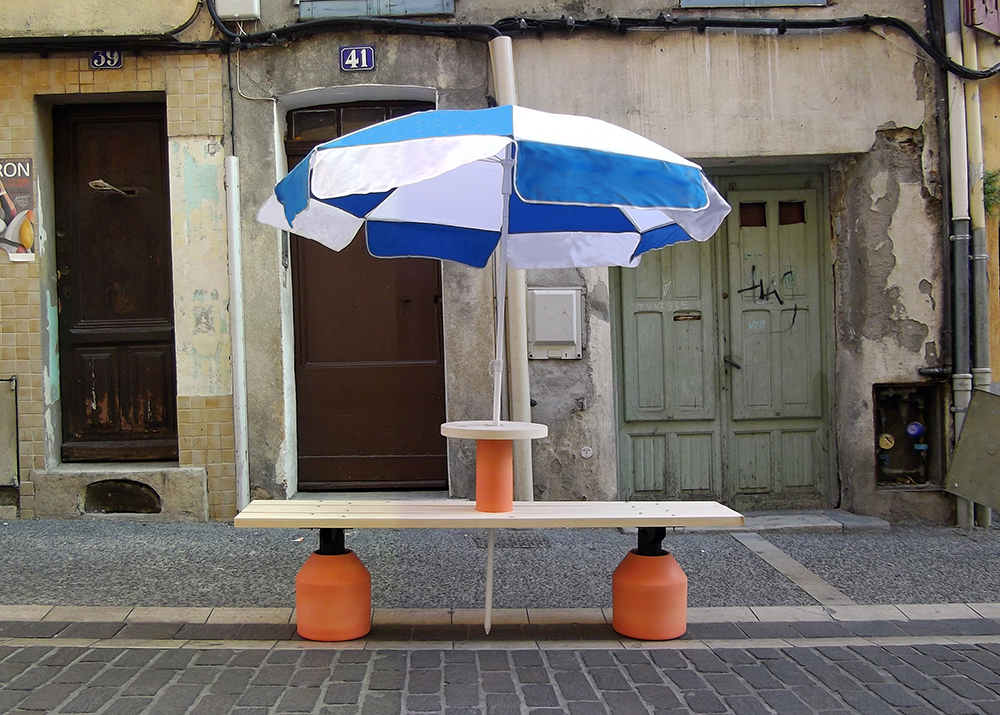Fellowship Exhibition: Fabien Cappello Streetscape 23 April – 13 June 2015
Stanley Picker Gallery and various sites around Kingston upon Thames
Since graduating from Design Products at the Royal College of Art in 2009 Fabien Cappello has created a diverse body of work that explores creative applications of local resources and local manufacture, his work exploring the disciplines of product and furniture design with a strong consideration for both craft techniques and light industrial production.
Cappello’s Stanley Picker Fellowship project is an investigation into the notion of local manufacturing in which he asks: “What does ‘made locally’ mean when it is about the production of our built environment, and can a designer intervene in or activate that process?”
Research will focus on the public realm, using a series of case-studies representing differing scales and definitions of what “Made in London” might actually mean. The project’s concentric geographies and associated publics will include the immediate University Campus environment of the Stanley Picker Gallery, the wider locality of Kingston upon Thames, and South West, Central and Greater London. Each case-study will comprise an inventory of local resources, and the design and production of a piece of work that highlights new possibilities in manufacturing our shared environment.
Cappello describes his principal motivation as an attempt “to draw links between the action of manufacturing and the ‘raison d’être’ of an object, motivated by a critical reaction to global material culture”. His Stanley Picker Fellowship project will aim to propose new economic and social systems for objects to exist in the public realm. Whilst some of the individual research solutions may find an echo in wider commercial context or in global systems, some will remain small and local, focusing more on the cultural value of the objects produced.
